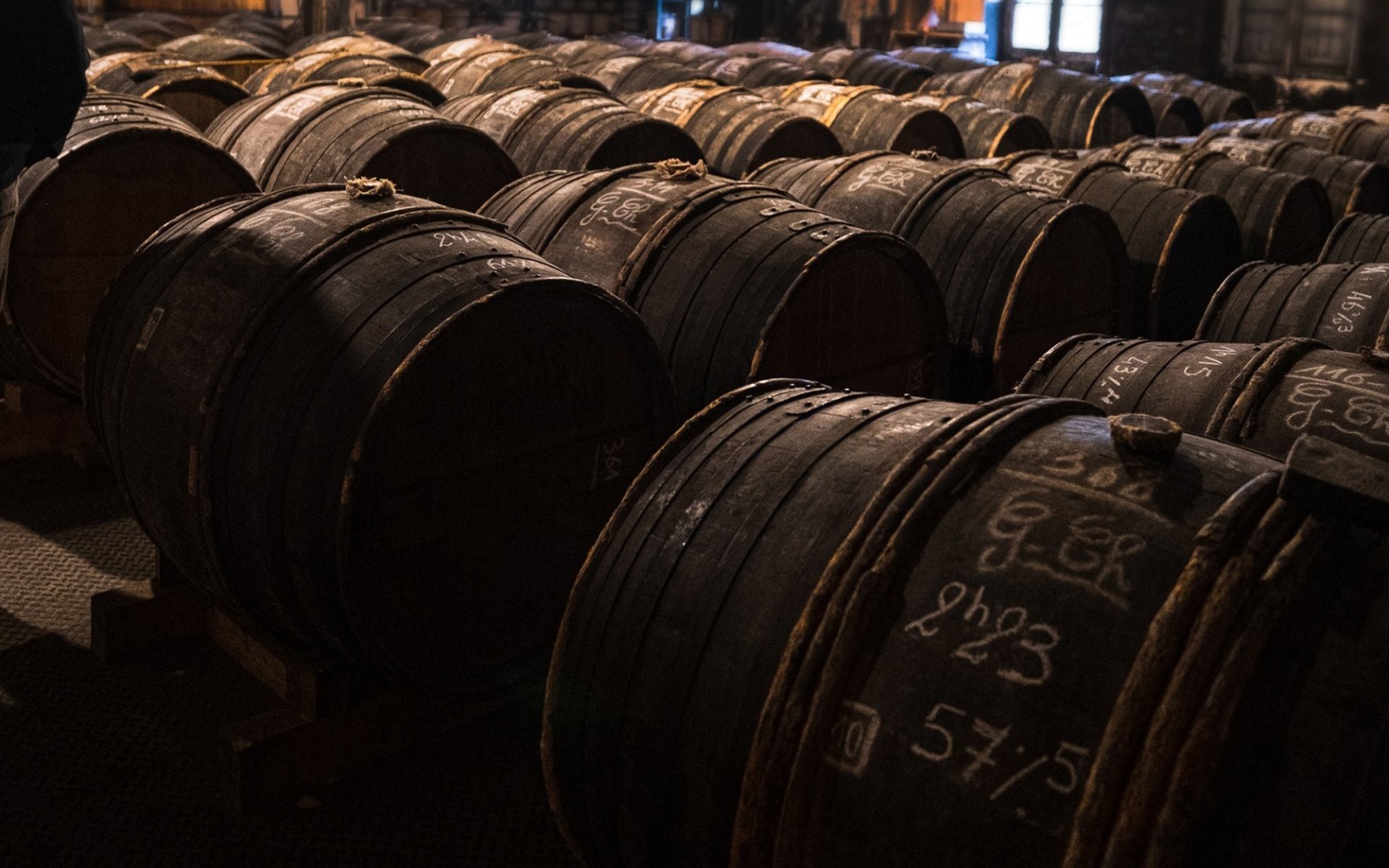Cognac and Brandy

When it comes to refined and classic beverages, Cognac and Brandy are timeless drinks. Their meticulous production, along with the selection of the finest raw materials, leads to uniquely distinctive spirits. For centuries, both Cognac and Brandy have captivated enthusiasts worldwide.
However, despite their global recognition for similarityas Cognac is indeed a type of Brandy, but not all Brandy is Cognacthis distinction often confuses many. So, how exactly do these two beverages differ?
Brandy: A Spirited Elixir of Timeless Sophistication
Brandy is an alcoholic beverage initially produced by fermenting various base ingredients, ranging from grapes (like Cognac) to fruits such as apples, pears, cherries, and more. This fermented liquid is then aged in wooden barrels to develop a deep color and complex flavor.
The origin of the word Brandy is rooted in the Dutch term Brandewijn, meaning burnt wine. However, historical evidence suggests its true origin can be traced back to France around 1313 CE. It is said that at that time, Brandy was initially produced for medicinal purposes. Due to its potent taste and health-benefiting properties, physicians of that era referred to it as leau de vie, or "the water of life."
Brandy offers a subtly sweet fruit flavor, coupled with aromatic notes derived from aging in oak barrels. The longer it ages, the more mellow and complex its taste becomes. Today, Brandy comes in diverse forms and flavors, attributed to the raw materials used in its production, its aging period, and its origin, as it can be produced anywhere globally and still be called Brandy.
Cognac: A Distinguished Member of the Brandy Family
Next, let's turn to Cognac, a highly renowned and esteemed type of Brandy. It is celebrated for its elegance and complexity, primarily because Cognac production is exclusively reserved for the city of Cognac in the southern part of France. If produced in any other city or region, it cannot be called Cognac.
Cognac production typically involves distilling white grapes, specifically high-quality white grapes grown only in the Cognac region, such as Ugni Blanc, Colombard, and Folle Blanche. Furthermore, its production must adhere to strict regulations to ensure consistent quality. Cognac must be aged for at least 2 years before it can be sold.
Additionally, the aging period of Cognac also affects its quality classification, indicated by a star symbol system devised by Maurice Hennessy. It is said that the older the Cognac, the more expensive it becomes, and the more profound and smoother its flavor. It can be categorized by the following abbreviations:
- VS (Very Superior): Cognac aged for approximately 2-5 years.
- VSOP (Very Special Old Pale): Offers a richer flavor than VS, aged for 7-10 years.
- XO (Extra Old): New regulations implemented in 2018 require this type of Cognac to be aged for at least 10 years or more.
- VO (Very Old): This category of Cognac is aged for approximately 12-20 years.
- VVSOP (Very Very Special Old Pale): The oldest and most classic Cognac, requiring an aging period of 20-40 years. One could say that by the time it's ready to drink, almost half a lifetime has passed.
Most Expensive Cognac: Cognac Henri IV Dudognon Heritage
The oldest and most expensive Brandy in the world is Cognac Henri IV Dudognon Heritage, produced since 1776 and aged in barrels for over 100 years, priced at an astonishing $2 million. This Cognac is housed in a bottle plated with 24K white gold and adorned with 6,500 certified brilliant-cut diamonds, weighing approximately 8 kilograms. This invaluable jeweled bottle was created by the renowned jeweler Jose Davalos.
Today, both Brandy and Cognac are beloved beverages, offering unique characteristics, captivating charm, and exceptional, unparalleled drinking experiences that endlessly provide new sensations to connoisseurs.


